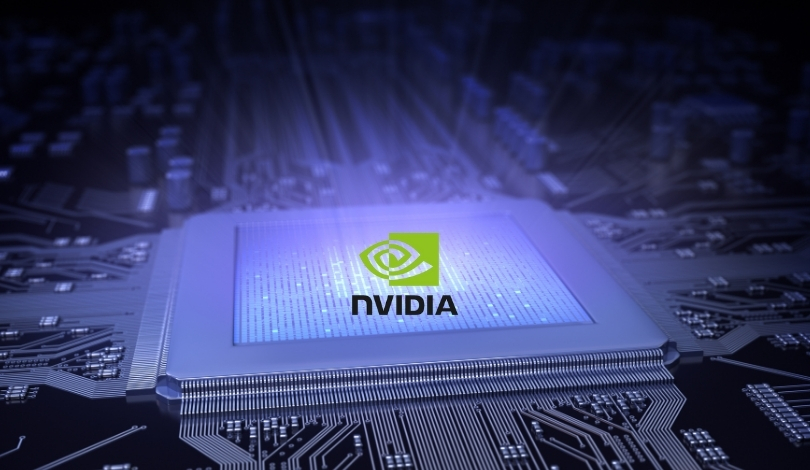NVIDIA GTC 2025 unfolded as a significant event for robotics and artificial intelligence enthusiasts, offering a glimpse into the future of these technologies. The exposition featured a diverse array of robots and AI-driven systems from leading companies, each showcasing advancements aimed at enhancing automation and human-robot interaction. Attendees had the opportunity to engage with cutting-edge products, network with industry experts, and explore the practical applications of AI in various sectors.
This year’s GTC event exhibited a more streamlined presence of humanoid robots compared to previous years. While earlier expos had a larger contingent of life-like robots, this edition saw fewer vendors focusing on advanced AI integrations and specialized robotics applications. The shift highlights the industry’s evolving focus towards more practical and scalable robotic solutions.
How Are Companies Enhancing Robot Autonomy?
Companies like 1X Technologies and Agility Robotics are actively pursuing greater autonomy in their robots. 1X Technologies aims to deploy beta units with limited autonomy for data collection, ensuring safe home integration. Agility Robotics demonstrated AI-driven reinforcement learning to improve whole-body control, enabling more natural and adaptive movements in their humanoids.
What New Applications Are Emerging for Robotic Systems?
Robotic systems showcased at GTC 2025 are finding applications in last-mile delivery and collaborative environments. RIVR introduced a robust quadruped robot designed for efficient delivery tasks, while Collaborative Robotics presented the Proxie mobile manipulator, enhancing versatility in industrial settings. These innovations indicate a trend towards specialized robots addressing specific logistical and operational needs.
How Are Safety and User Interaction Being Prioritized?
Safety remains a critical focus, with companies like 1X Technologies designing robots with soft materials to minimize accidental contact. Collaborative Robotics emphasized user-friendly interfaces and autonomous features to ensure seamless interaction. These measures reflect the industry’s commitment to creating robots that are not only effective but also safe and intuitive for users.
The advancements presented at NVIDIA GTC 2025 underscore a pivotal moment in robotics, where the emphasis is increasingly on practical autonomy and specialized applications. Companies are balancing innovation with safety, ensuring that new technologies can be integrated smoothly into everyday environments. This approach is fostering a more sustainable and adaptable robotics landscape, poised to meet diverse industry demands.
As robotics continues to evolve, the integration of AI remains paramount in driving these advancements. The focus on autonomy, specialized applications, and safety is likely to accelerate the adoption of robots in various sectors, from healthcare to logistics. These developments not only enhance operational efficiency but also pave the way for more interactive and intelligent robotic systems in the future.
Expanding on the presentations from this year’s event, it is evident that the robotics industry is moving towards more refined and application-specific solutions. The shift from general-purpose humanoids to specialized robots highlights a strategic direction aimed at addressing real-world challenges through targeted technological innovations. This trend is expected to continue, fostering a more integrated and efficient use of robotics across different domains.










